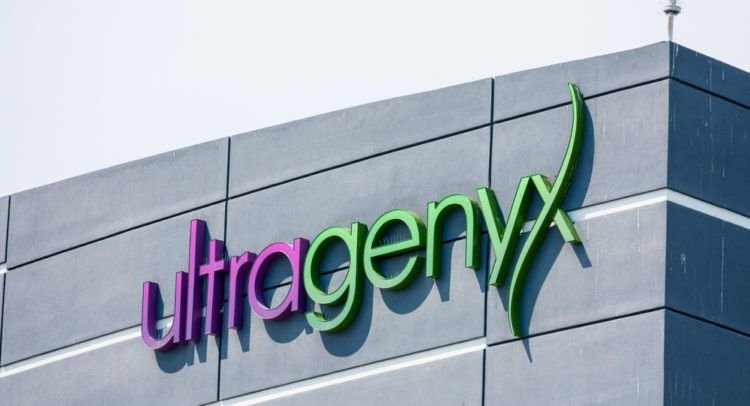The landscape of chronic disease treatment is shifting as glucagon‑like peptide‑1 receptor agonists (GLP‑1 RAs)—notably known for weight loss and type 2 diabetes management—demonstrate emerging benefits across a spectrum of debilitating illnesses.
Emerging Therapeutic Horizons
Recent data show significant promise for GLP‑1 RAs in addressing conditions such as cardiovascular disease, chronic kidney disease, metabolic-dysfunction-associated steatohepatitis (MASH), sleep apnoea, and even neurological disorders like Alzheimer’s and Parkinson’s. Notably, studies suggest reductions in cravings for addictive substances such as alcohol and nicotine—hinting at broader neurobehavioral applications.
In nephrology, preliminary trials indicate potential renal protection mechanisms—improving outcomes in chronic kidney disease. In metabolic medicine, GLP‑1s have shown efficacy in ameliorating liver-related issues linked to obesity-driven MASH.
Why These Findings Matter
- Versatility Across Systems: GLP‑1 agonists’ mechanism extends beyond metabolic regulation—they influence inflammation, organ function, and central nervous system pathways.
- Neuroprotective Potential: Evidence suggests applicability in neurodegenerative conditions, possibly reducing disease progression via anti-inflammatory pathways and brain metabolism modulation.
- Behavioural Benefits: Reductions in cravings for addictive substances hint at modulation of reward circuits—an encouraging foundation for addiction therapy research.
- Cardiovascular and Respiratory Advantages: Separate trial data show improvements in heart failure outcomes and a dramatic drop—up to two‑thirds—in sleep apnea severity.
Challenges to Broader Adoption
Despite their therapeutic potential, GLP‑1 RAs face barriers:
- High Cost: Market dominance by companies like Novo Nordisk and Eli Lilly has kept prices elevated, limiting access—especially where healthcare budgets are tight.
- Side Effects: Common adverse effects like gastrointestinal upset remain a consideration, particularly in vulnerable patient populations.
- Accessibility: There’s a pressing need for oral alternatives—current options often require injections, which may hinder long-term adherence.
What to Watch in 2025
- Broader Clinical Trials: Expect large-scale, randomized trials for GLP-1s in renal, neurodegenerative, cardiovascular, and sleep disorders.
- Oral Formulations: Development of affordable, user-friendly forms could transform treatment accessibility.
- Global Access Initiatives: Health systems and advocacy groups may push for inclusion in treatment guidelines, especially if cost-effectiveness can be demonstrated.
In summary, GLP-1 receptor agonists are stepping into a new era in clinical medicine—one where they may transcend their metabolic roots to become powerful agents across multiple disease domains. The end of 2024 leaves us with a compelling roadmap toward broader, multi-condition applications. The year ahead promises renewed hope in chronic disease management and preventive therapeutic strategies.















